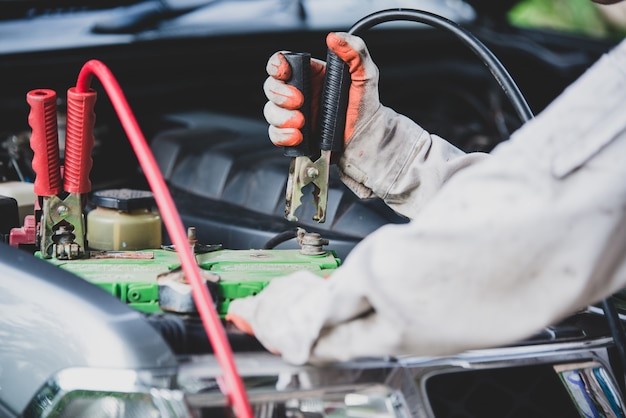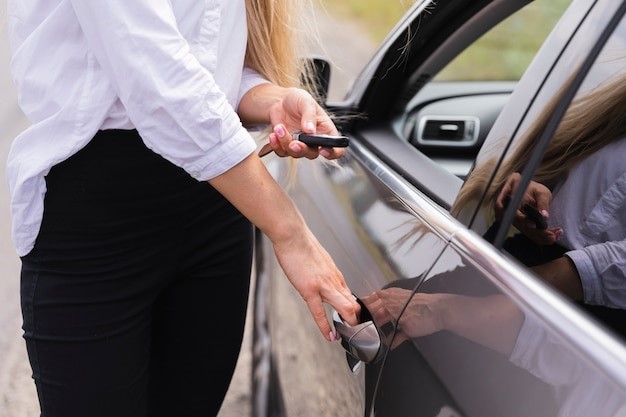Okay, so check this out—crypto storage isn’t just about cold wallets or fancy phrases. It’s messy. My first hardware wallet felt like a brick and a relic, and honestly, something about clunky UX made me nervous. Seriously? It was like carrying a VHS tape to a streaming party. But over the years I’ve seen a cleaner middle path: air-gapped security paired with a smart mobile app and broad multi-currency compatibility. That combo keeps keys safe without turning everyday use into a chore.
Here’s the thing. Air-gapped devices are the gold standard for isolating private keys from the internet. They reduce remote attack vectors because the signing device never talks to the web. Short sentence. But… they can feel frustratingly opaque to average users who want to manage dozens of assets on their phone. On one hand you want ironclad isolation; on the other, you want your tokens accessible. On the surface those goals contradict, though actually there are practical designs that reconcile them.
Let me walk you through why air-gapped setups matter, how a mobile app can make them usable, and what real multi-currency support should look like—plus tradeoffs and practical tips to keep your stash safe. I’ll be honest: I’m biased toward solutions that don’t demand a PhD to operate. Also, this part bugs me—security that in practice reduces usage will push people to skimp on precautions. So usability matters, very very important.

Why air-gapped security actually helps
Air-gapped wallets keep private keys on a device that never touches the internet. No Wi‑Fi, no Bluetooth, no USB that talks to an online computer. Simple. This drastically lowers risk from remote exploits, malware, and network-based attackers. My instinct said: if the key never leaves the device, it can’t be phished over the network. But wait—there are nuances.
For example, physical compromise remains a risk. If someone steals the device, or if you set up a weak PIN, you can still lose funds. Also, backups are essential; if you lose the air-gapped device and lack secure recovery, that’s game over. Initially I thought you could just rely on a seed phrase shoved under a mattress—but then I realized how many other failure modes exist: torn paper, landfill mishaps, honest mistakes. So layered defense matters.
Pros of air-gapped security: much lower remote attack surface, strong isolation, and greater assurance for long-term holdings. Cons: more complexity in daily use, potential for user error during transactions, and sometimes limited support for novel contract signatures. (Oh, and by the way, setting one up can be surprisingly fiddly if instructions assume prior tech savvy.)
Can a mobile app be safe with an air-gapped device?
Yes—if done correctly. The core pattern is: the mobile app builds the unsigned transaction, the air-gapped device signs it offline, then the signed transaction is transferred back to the app for broadcasting. That transfer can use QR codes, microSD, or a one-way data channel that doesn’t expose the private key. Short sentence.
QR-based signing is approachable and often user-friendly. Medium sentence to explain: you scan a QR on the phone with the offline device’s camera, the device displays a QR of the signed payload, and you scan that back into the phone. Longer sentence with nuance: though QR workflows are convenient, they rely on correct encoding, careful verification of transaction details on the offline device’s display, and good camera quality—which can be a headache in low light or for users with older phones.
Mobile apps can add value: asset tracking, portfolio views, notifications, fiat on-ramps (if you choose), and easy access to dApps. But they must never hold or export the private key. Ideally the app is a thin client that orchestrates transactions while the offline device remains the single source of truth.
What true multi-currency support should include
Multi-currency doesn’t just mean “supports 200 tokens.” It means: native handling for different signature schemes, robust derivation path management, clear asset discovery, and up-to-date integrations for evolving standards (like EIP-1559 or new chain forks). Hmm… some wallets slap a token list on top and call it a day, but that’s misleading.
Practically, look for wallets that: (1) support separate app modules for different chains to reduce bloat and attack surface, (2) allow custom derivation paths and addresses, and (3) keep firmware and app updates frequent and well-documented. On one hand, breadth is sexy; on the other, depth and correctness are critical. So prioritize reliable support for the chains you actually care about rather than chasing every shiny token.
Another nit: UTXO chains (like Bitcoin) and account-based chains (like Ethereum) behave differently. A good wallet makes those differences explicit and helps you avoid mistakes—like sending assets to smart contract-only addresses that your wallet can’t recover from.
Tradeoffs and operational tips
Operationally, balance is a social engineering problem as much as a technical one. Keep a small hot wallet for daily spending. Keep the heavy holdings on an air-gapped device. Short sentence. Use multisig for larger pools if you can—it’s more complex, but it distributes trust.
Secure your recovery: write seed phrases on metal if you live in a flood zone or a place with humidity. Also, consider geographically distributed backups so a single disaster doesn’t wipe out everything. On one hand it’s paranoia; though actually it’s prudent if your holdings are meaningful. Don’t store raw seed photos in cloud backups—seriously, don’t.
When updating firmware or apps, verify signatures. If an update feels odd, pause. My gut told me to delay updates during major market events because attackers often time social engineering campaigns then. Initially I thought updates are always good, but then realized: update provenance matters as much as update availability.
Where to start if you want a practical setup
If you’re new, aim for a simple three-part setup: an air-gapped signing device, a mobile app as the user interface, and a secure backup plan. Try a small test transaction first. Short sentence. Practice restores on a second device—don’t treat a backup as theoretical. Also, read the vendor’s security docs and community audits; real-world reports reveal gaps that marketing glosses over.
For a balanced experience, I recommend exploring solutions that emphasize air-gapped signing with user-friendly mobile integration. If you want a place to start learning more about wallets that aim to combine convenience and strong isolation, check out this resource here. It’s not an endorsement of any single choice, but it’s a practical reference for models that blend offline signing with phone apps.
FAQ
Q: Is air-gapped signing overkill for small portfolios?
A: Not necessarily. For modest amounts, the convenience of a mobile-only wallet may outweigh the added steps of an air-gapped workflow. But if you plan to accumulate value, starting with safer habits early prevents costly mistakes later.
Q: Can I use an air-gapped device with multiple phones?
A: Yes—typically the offline device can sign transactions produced by any compatible companion app, as long as you follow the same QR or file-transfer workflow. Still, treat each phone as a potential risk vector and keep apps updated and minimal.
Q: What’s the single most common user mistake?
A: Treating the seed phrase carelessly—storing it where it can be photographed or synced to cloud backups. Protect that seed like cash in a safe; if someone finds it, they have your funds.




